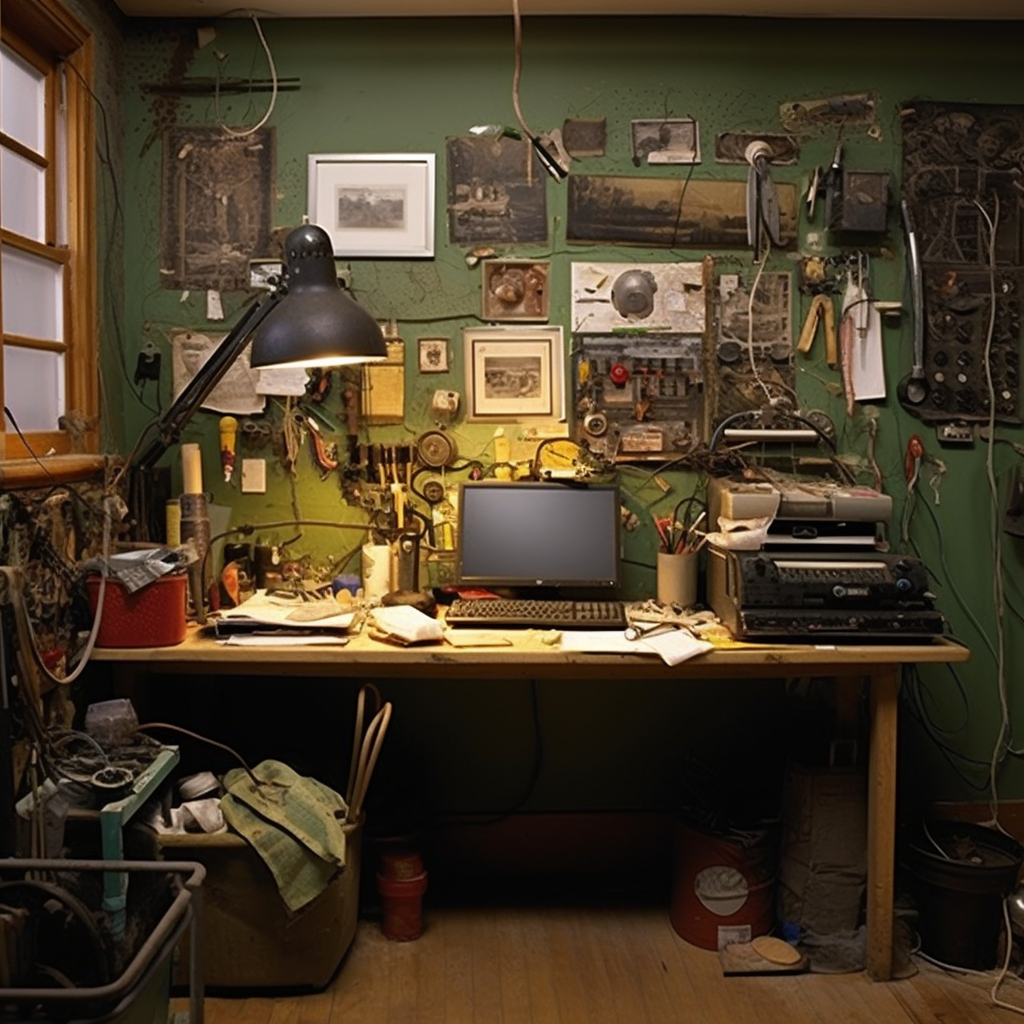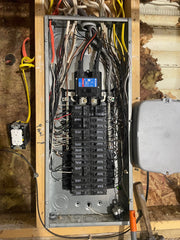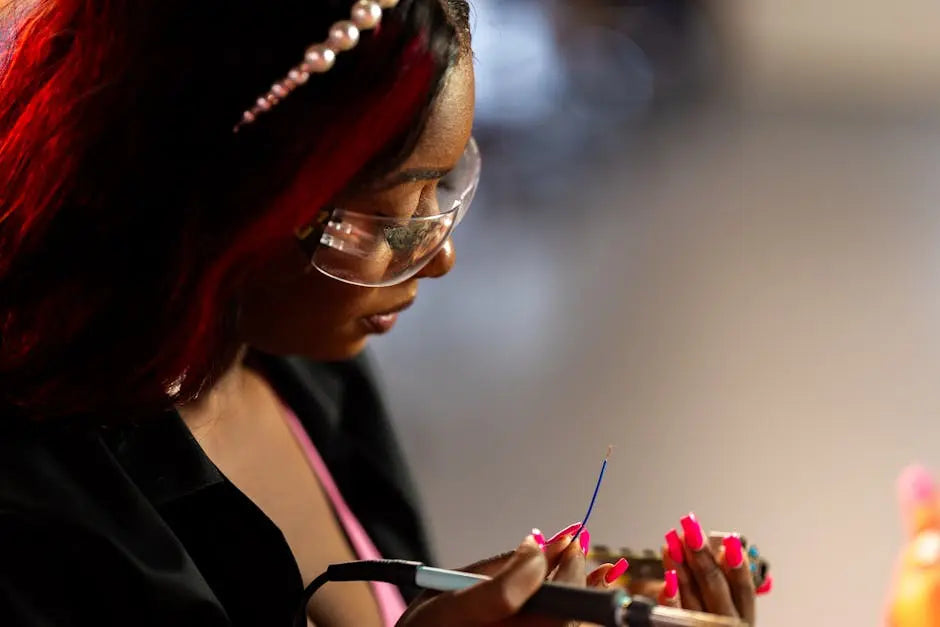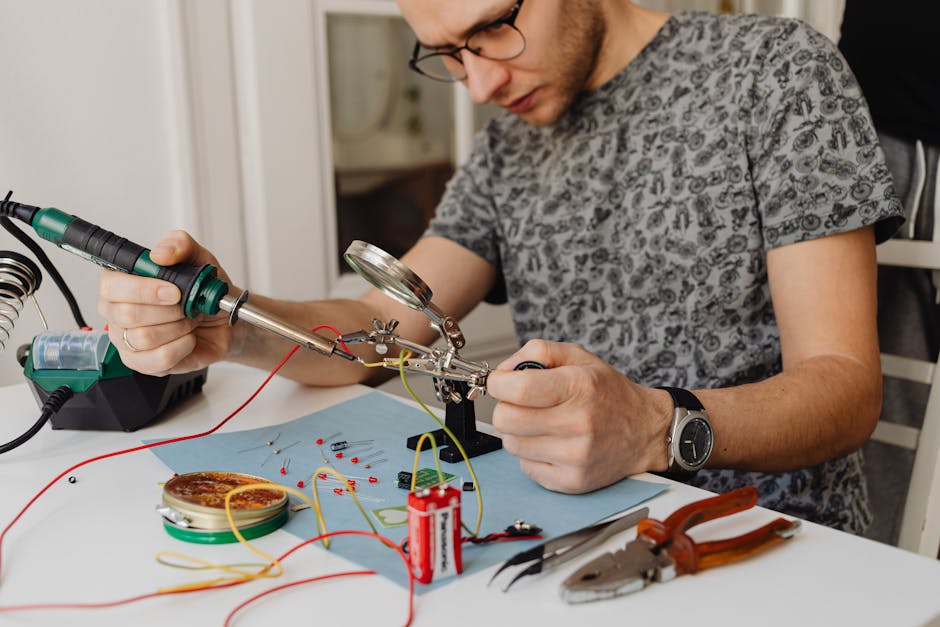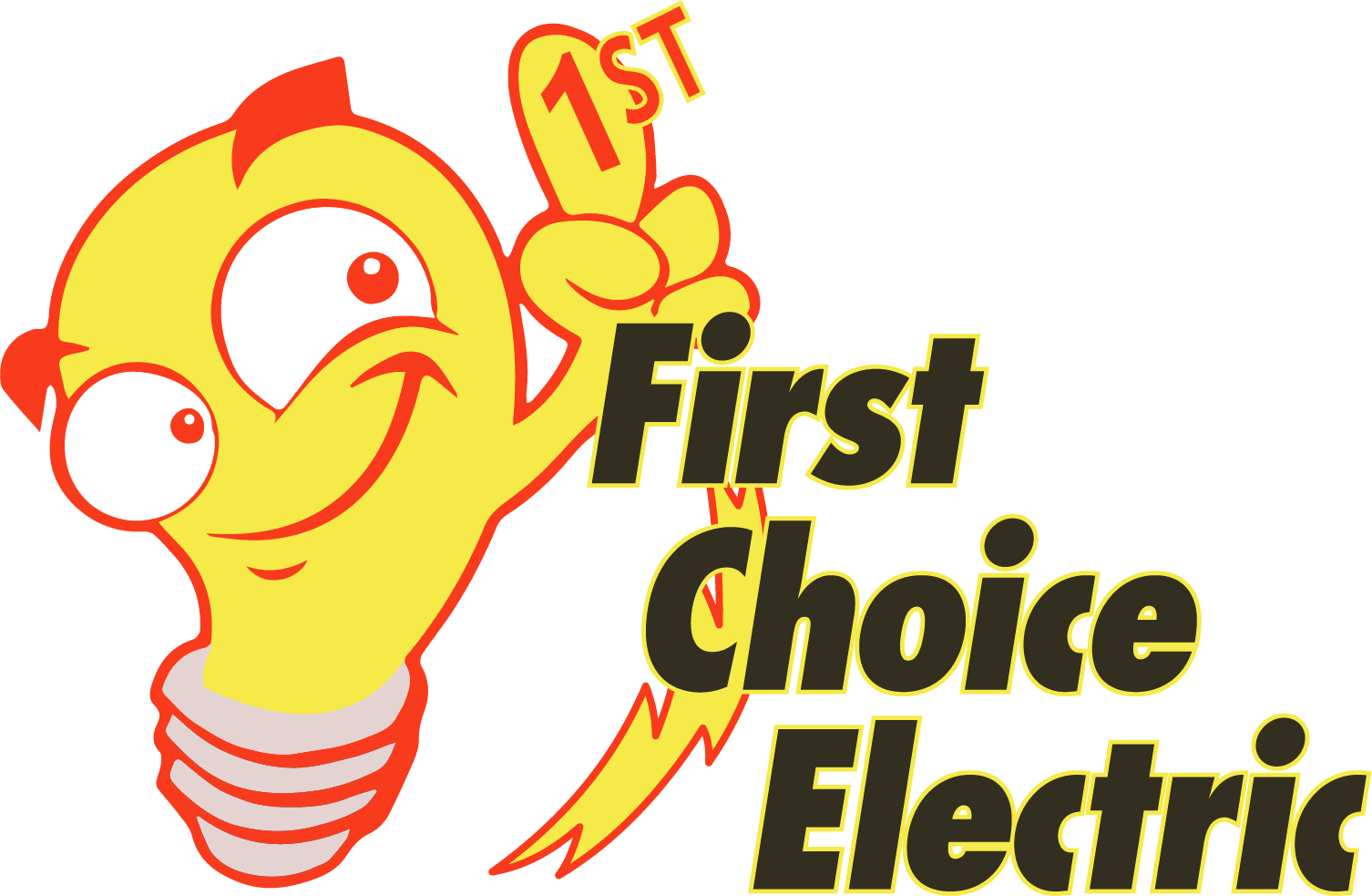7 DIY Wiring Mistakes to Avoid
Electrical wiring is a crucial aspect of any home or building. While many DIY enthusiasts take on wiring projects, there are common mistakes that can lead to potential hazards. This article will highlight seven fatal wiring mistakes that DIYers often make.
1. Loose Wire Connections
One of the most common mistakes is not connecting wires securely. Loose connections can lead to wires falling out over time, especially due to vibrations caused by current flow. It's essential to ensure that wires are tightly and securely connected to prevent any mishaps.
2. Improper Use of Wire Nuts
Wire nuts are commonly used to connect wires. However, many DIYers make the mistake of loosely twisting wire nuts or using the wrong size. It's crucial to pre-twist the wires before using the wire nut to ensure a secure connection. Additionally, using the correct size and quantity of wire nuts is vital to avoid overloading.
3. Not Pre-twisting Wires
Before using a wire nut, it's a good practice to strip a bit more insulation off the wires and pre-twist them. This method helps form a tight joint between the wires, ensuring better surface contact.
4. Solid Core vs. Stranded Wire Connections
Understanding the difference between solid core and stranded wire connections is essential. When using a wire nut, the stranded wire should be below the solid core wire. This positioning ensures a better wrap of the wires and prevents the stranded wire from being pulled out.
5. Lever Nuts for Wire Connections
Lever nuts are a great option for connecting both stranded and solid core wires as they prevent the wires from twisting together. However, it's essential to be cautious as levers can sometimes get caught on wires, leading to mistakes.
6. Securing Wires in Devices
When installing a new device, it's crucial to ensure that wires are placed correctly and securely in the back of a box. Using fingers to hold down levers while pushing wires into ports or using electrical tape can help prevent levers from being pulled up. Additionally, it's essential to avoid removing too much insulation from wires as it can lead to potential dangers.
7. Ensuring Proper Power Flow
Properly installing electrical equipment and using tools like a non-contact voltage detector and a multimeter is crucial to ensure that power flows correctly. It's essential to be aware of issues like active power flowing through wires but not enough voltage, which can cause problems with powering devices.
Conclusion
Electrical wiring might seem straightforward, but making mistakes can lead to potential hazards. By being aware of these common mistakes and following best practices, DIYers can ensure safe and effective wiring in their projects. If you found this information valuable, consider sharing your thoughts or questions in the comments.
Note: Always prioritize safety and consult professionals when unsure about any electrical work.


